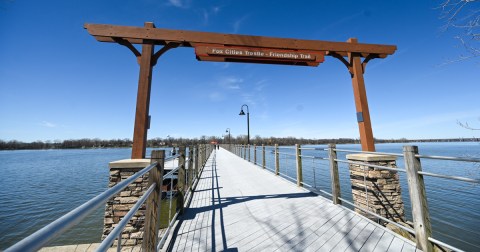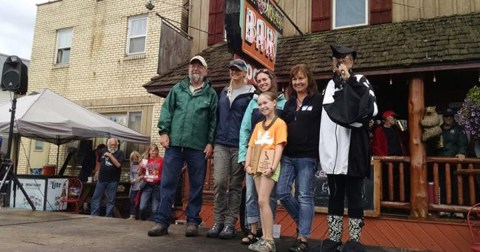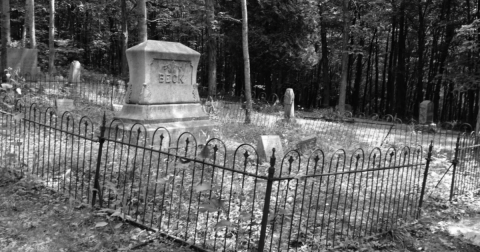These 10 Rare Photos Show Wisconsin's Logging History Like Never Before
At the turn of the 20th century, logging and forest products were Wisconsin’s number one industry. First using the rivers and then extending the railroads, logging in Northern Wisconsin employed tens of thousands of men, created jobs and was the forerunner to the paper industry that’s one of the state’s most important today.
The logging industry was fickle and once the most easily cleared and accessible forests were logged and expansion out west became possible, the industry changed its focus to the vast, virgin forests of the Northwest.
A lot of logging history focuses on the height of production, but we don’t often get a look at what life was like as the industry was declining in the post-World War I Depression years. Men led migrant lives in the Northwoods, looking for work as many of the mills closed and work was scarce everywhere.The industry changed as the towns that had grown looked for new ways to use the land.

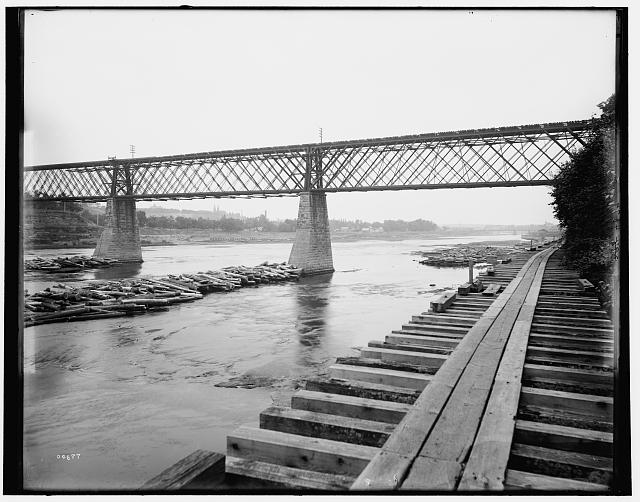
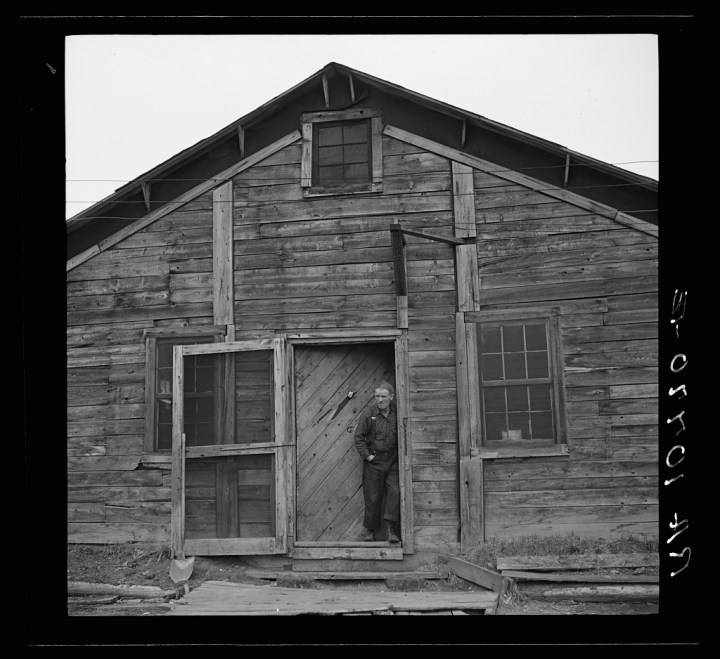
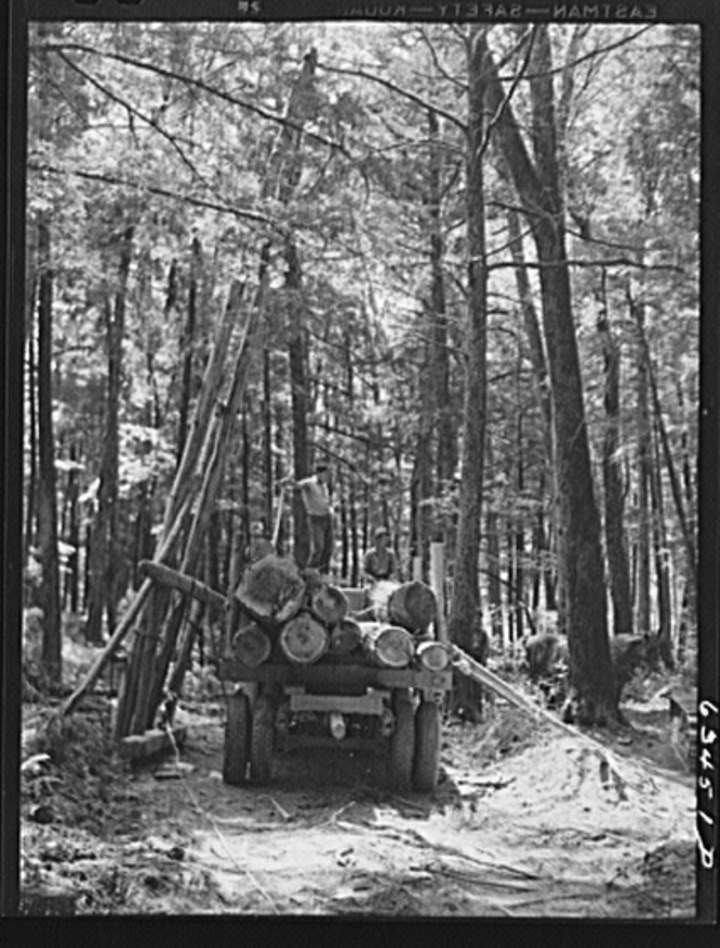
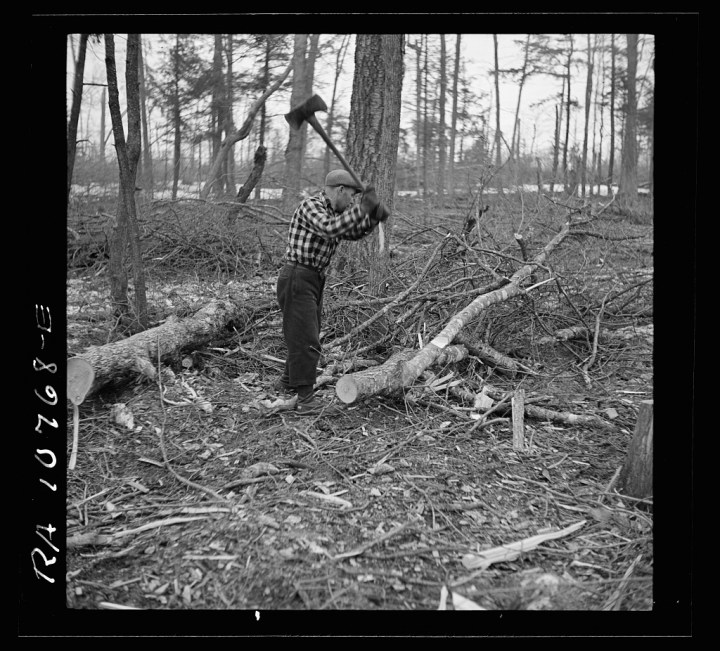
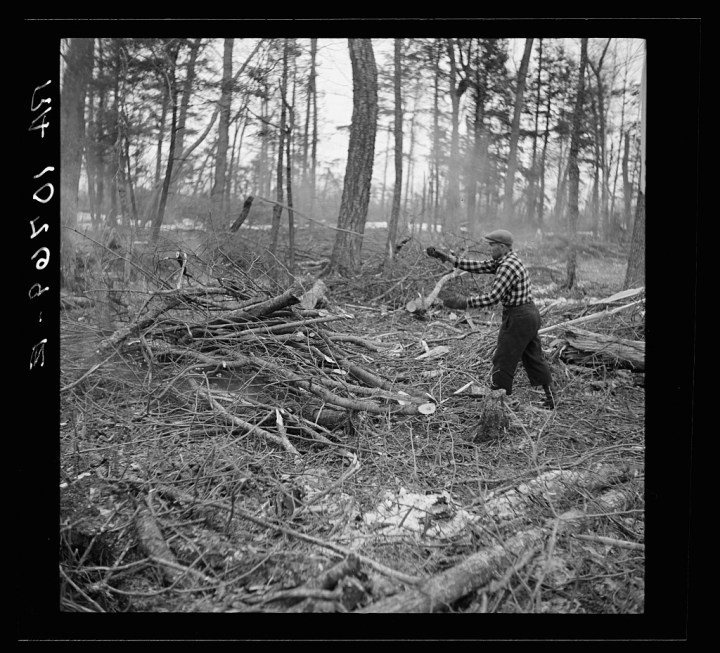
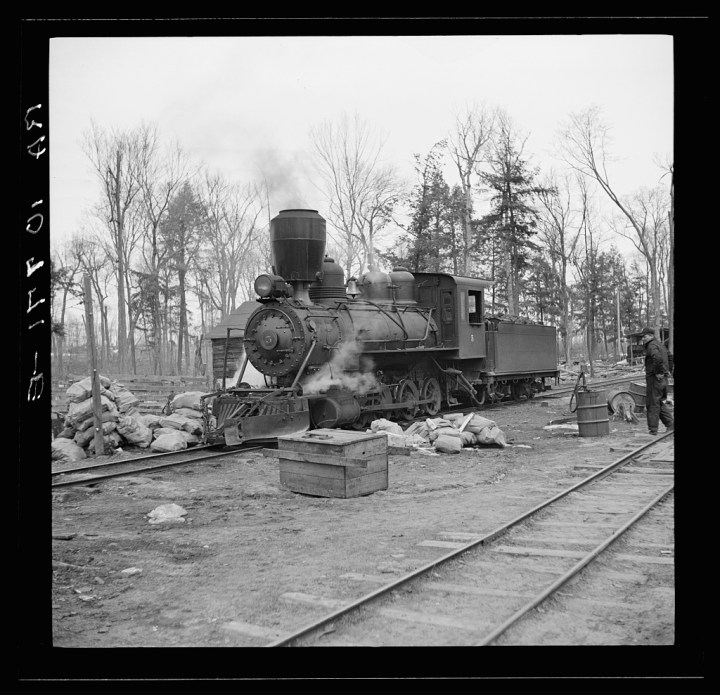
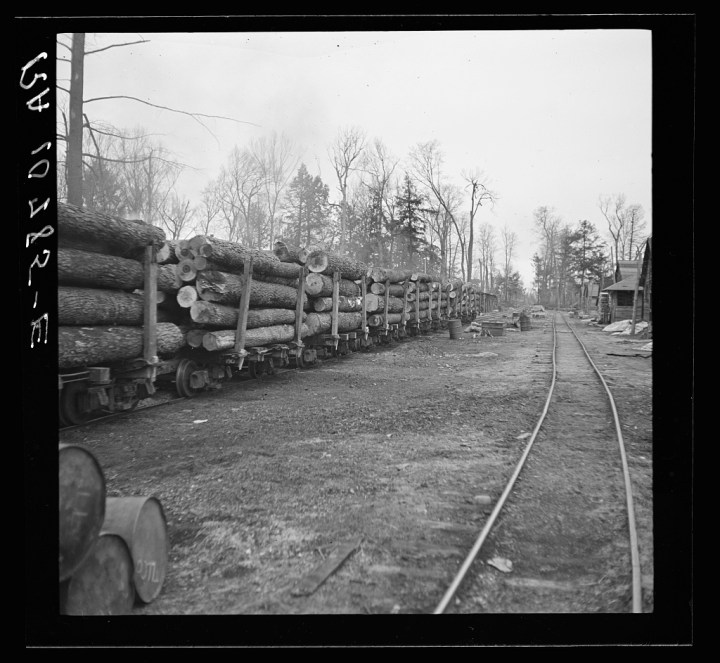
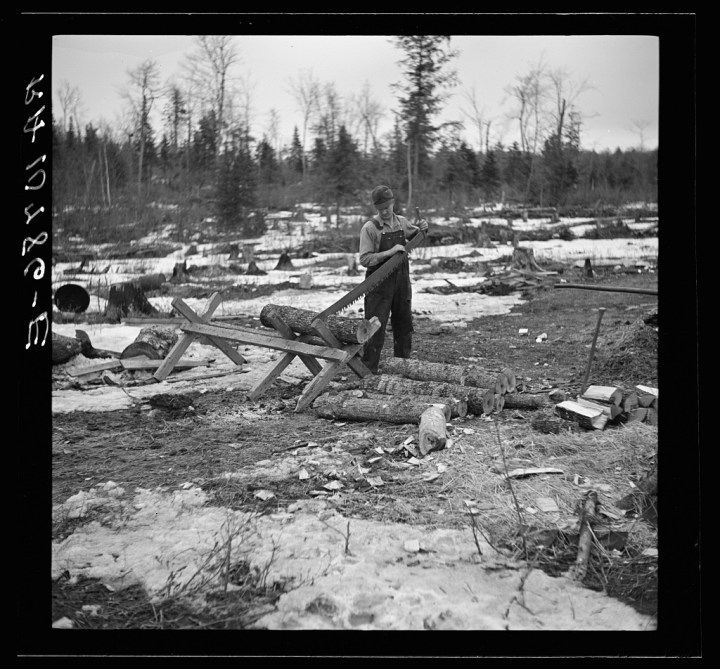

The logging industry was a huge part of Wisconsin’s past, shaping many of the communities we know today, opening the Northwoods for settlement and leading to one of our biggest industries today – the paper industry.
Looking for more Wisconsin history? Check out These 13 Hidden Gems In Wisconsin Hold Historic Keys To The Past.
OnlyInYourState may earn compensation through affiliate links in this article. As an Amazon Associate, we earn from qualifying purchases.

